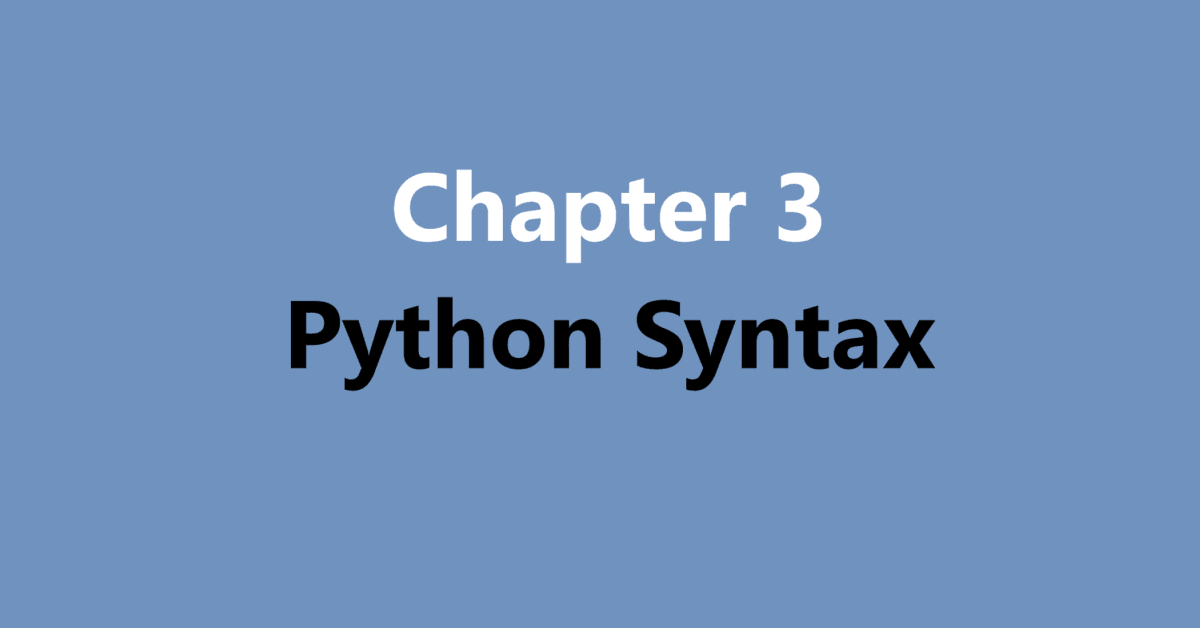Chapter 3
We can execute Python syntax on command-line directly. It is the easiest way to learn the Python in beginning.
>>> print("Hello, World!")
Hello, World!
Or by creating a python file on the server, using the .py file extension, and running it in the Command Line:
C:\Users\sahil>python myfirstprogram.py
Python Indentation
Indentation refers to the spaces at the beginning of a code line. Where in other programming languages the indentation in code is for readability only, the indentation in Python is very important.
Python uses indentation to indicate a block of code.
Example:
if 7 > 4:
print("seven is greater than four!")
Python will give you an error if you skip the indentation:
Example:
if 7 > 4:
print("seven is greater than four!")
Syntax Error —>>> IndentationError: expected an indented block after ‘if’ statement on line 1
The number of spaces is up to you as a programmer, the most common use is four, but it has to be at least one.
Example:
if 7 > 4:
print("seven is greater than four!")
if 7 > 4:
print("seven is greater than four!")
You have to use the same number of spaces in the same block of code, otherwise Python will give you an error:
Example:
if 7 > 4:
print("seven is greater than four!")
print("seven is greater than four!")
Python Variables
In Python, variables are created when you assign a value to it:
Example: Variables in Python
x = 10
y = "Hello, World!"
Python has no command for declaring a variable. You will learn more about variables in the Python Variables chapter.
Comments
Python has commenting capability for the purpose of in-code documentation. Comments start with a #, and Python will render the rest of the line as a comment:
Example: Comments in Python
#This is a comment.
print("Hello, World!")


